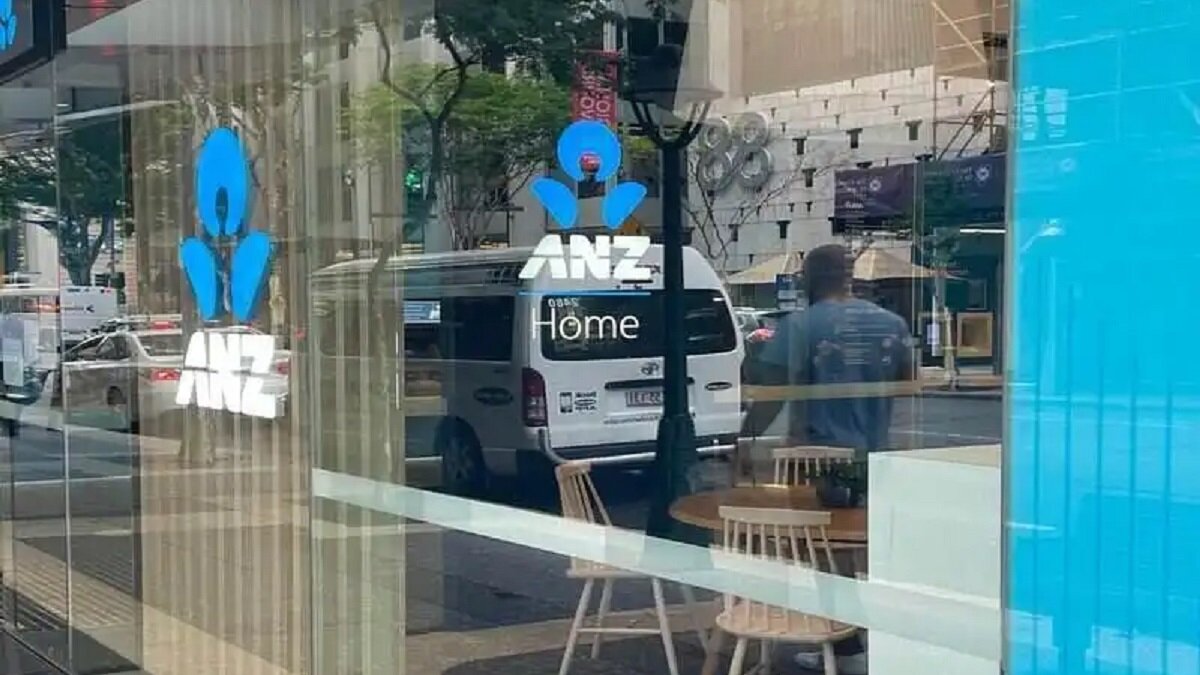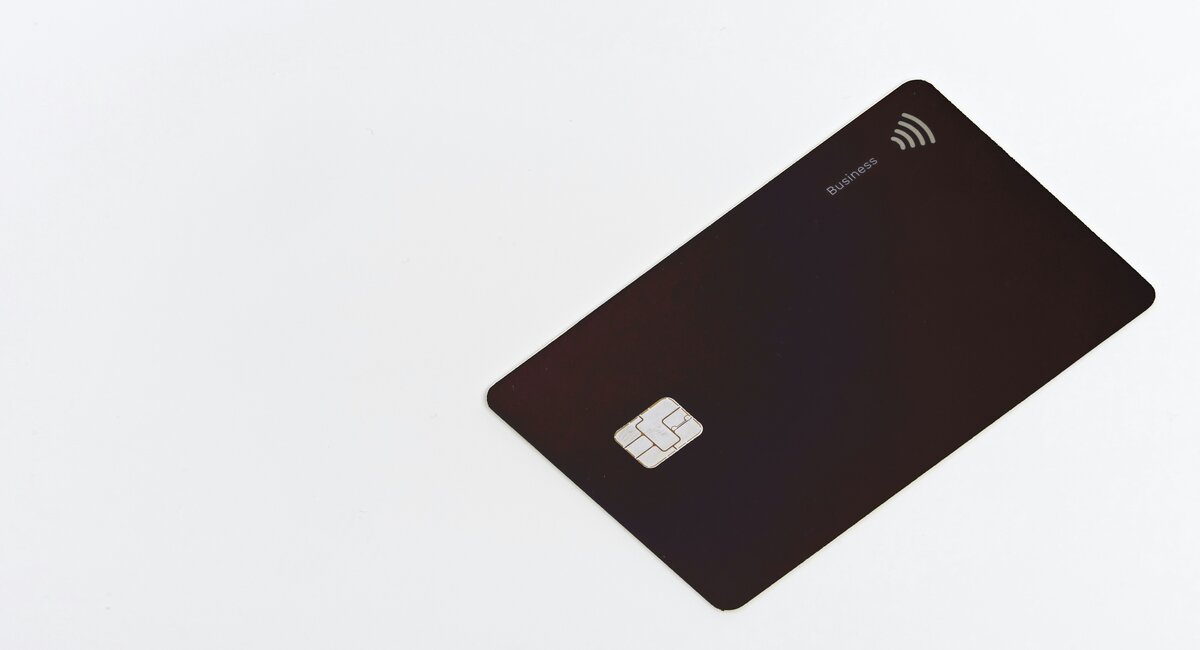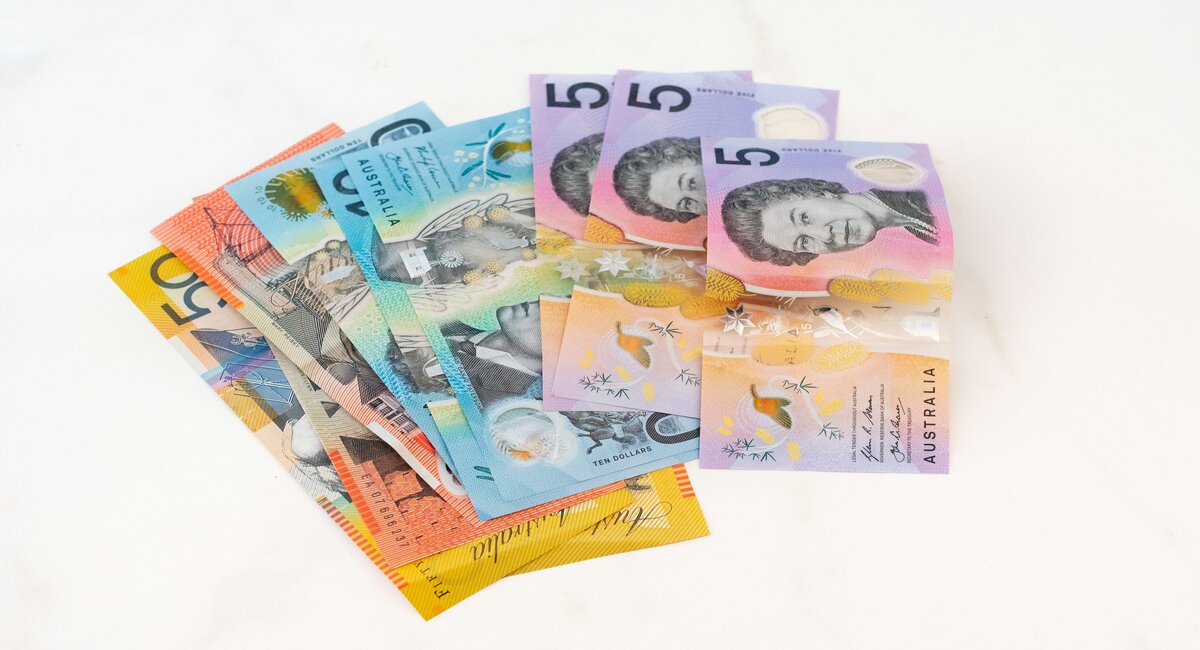- Popular credit cards
- Which is better, Visa or Mastercard?
- How widely accepted are they?
- Differences between Visa & Mastercard
- Visa & Mastercard providers
Popular credit cards
If you pick any of the 190+ credit card products in Australia, it is almost guaranteed to be networked with one of either Visa, Mastercard, American Express or Diners Club. According to the RBA’s September 2018 Credit and Charge Card Statistics, Visa and Mastercard account for 91.3% of credit and charge card purchases, while American Express and Diners Club make up the remaining 8.7%.
Depending on which comparison you make, there may not actually be much of a difference between card networks. But that doesn’t mean there are none. We’ve compiled the key differences and similarities between the four brands below to help guide your next credit card decision.
What is better, Visa or Mastercard?
The most important thing to know about Visa and Mastercard is that they do not offer credit cards themselves. Instead, they are a payment network, processing the payments between banks and merchants and leaving the creation and distribution of the credit cards up to the individual credit card providers.
It’s the providers who set the interest rates, fees and features of each specific card, not Visa or Mastercard, and it is this reason why you shouldn’t really put too much stock into picking one or the other.
How widely accepted is Visa or Mastercard?
Both Visa and Mastercard are near-universally accepted, with the exception of maybe a few stores and locations that might have an exclusive deal with one or the other. According to Visa’s website, it has 40 million accepted merchants and 2.5 million ATMs globally as at 2016 – this number has likely increased since. Mastercard is a little more secretive with this information which makes a direct comparison hard, but it is estimated that it is accepted at around 37 million merchants.
Either way, you’re looking at at least 30 million plus, so you can use either pretty much anywhere. There will still be some countries not included in the 200+ that each claims to be available in, so you should still check this before you jet off.
Both networks also offer global security and fraud protection for each individual card.
Differences between Visa and Mastercard
Visa vs Mastercard: rewards
A minor point of difference between the two is the perks and exclusive rewards they offer. We’re not talking about your standard credit card rewards here. Each network offers cardholders some nice discounts, deals and coupons simply for using one of their cards – you might just have to go online to activate them:
These deals can include anything from cheaper rental car hire and cheaper tickets to free meals and drinks at selected restaurants.
Visa vs Mastercard: exchange rates
There’s not much of a difference between each network’s exchange rates – the bigger cost will be the international usage fees your specific card carries. But in some currencies, there might be a tiny difference.
Visa tends to outperform Mastercard by a small margin in most major currencies. This can actually end up making a noticeable difference once you start spending large amounts overseas.
The following table looks at the minuscule differences between what Visa and Mastercard give for $1 AUD at the time of writing (13 November 2018). These calculations don’t include the currency conversion fee the credit card provider might charge.
| Visa | Mastercard | |
|---|---|---|
| USD | 0.7272 | 0.7236 |
| GBP | 0.5584 | 0.5609 |
| EUR | 0.6394 | 0.6404 |
| NZD | 1.0766 | 1.0739 |
| SGD | 1.0006 | 0.9974 |
| CNY | 5.0514 | 5.0379 |
You’ll find that these exchange rates are pretty close to the mid-market exchange rate.
Which brands use Visa and Mastercard?
Here is a shortlist of some of Australia’s major credit card providers that use either the Visa or Mastercard network. You can see that most use one of either, but there are some brands that use both.
Visa & Mastercard providers
Not all credit card providers have been included in this list.
| Visa | Mastercard | |
|---|---|---|
| ANZ | Yes | No |
| Auswide Bank | No | Yes |
| Bank Australia | Yes | No |
| Bank of Melbourne | Yes | No |
| BankSA | Yes | No |
| BankVic | Yes | No |
| Bankwest | No | Yes |
| BCU | Yes | No |
| Bendigo Bank | No | Yes |
| BOQ | Yes | No |
| Citi | Yes | Yes |
| Coles | No | Yes |
| Commonwealth Bank | No | Yes |
| CUA | No | Yes |
| First Option Credit Union | Yes | No |
| Heritage Bank | Yes | No |
| HSBC | Yes | Yes |
| Hume Bank | Yes | No |
| imb | No | Yes |
| ING | Yes | No |
| Jetstar | No | Yes |
| Latitude Financial Services | Yes | Yes |
| Macquarie | Yes | Yes |
| ME Bank | No | Yes |
| Myer | Yes | No |
| NAB | Yes | Yes |
| Nexus Mutual | Yes | No |
| Qantas | No | Yes |
| RACQ | No | Yes |
| St.George | No | Yes |
| Summerland | Yes | No |
| Suncorp | Yes | Yes |
| Teachers Mutual Bank | Yes | No |
| Virgin Money | Yes | No |
| Westpac | Yes | Yes |
| Woolworths | Yes | No |
Information sourced from various comparison sites as well as each network’s website.
Savings.com.au’s two cents
If you’re looking to compare Mastercard or Visa-branded cards, don’t – there really isn’t much of a difference between them besides the logo, name and colour scheme. If a merchant in Australia accepts one of these cards then they’re likely to accept them both, and you should instead compare the merits of each individual card based on:
- The interest rate
- The fees (mainly the annual fee)
- The features the card has
- Whether the card has a rewards program that suits you
- How easily you can apply for and cancel the card
You might have to make a decision when it comes to travel, but again, both networks provide similar exchange rates and are accepted in most countries. It might come down to the perks offered between Visa and Mastercard.
While a card’s network should form part of your consideration, you should primarily compare credit and charge cards on the core factors listed above.



 Brooke Cooper
Brooke Cooper
 Harry O'Sullivan
Harry O'Sullivan